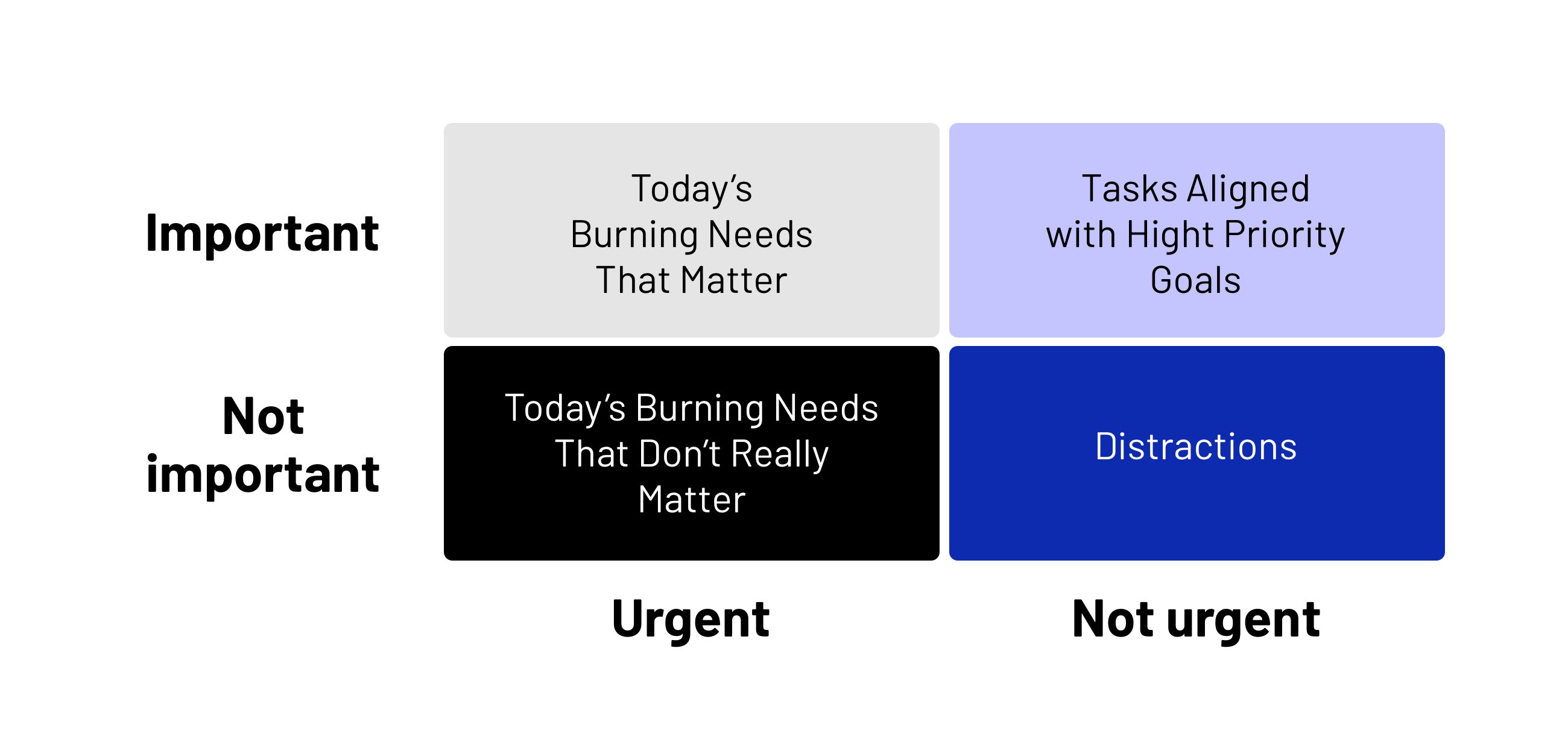There’s a thing called “information overload” and it is actually very common in today’s world. With all the means of communication around us, it’s easy to get lost in all the different facts, opinions and news. But all this information is key to working efficiently and successfully. There’s just the matter of being able to sort through it and prioritize the most important bits. In this article I’m going to dive into my best tips on how to do that.
Sorting Through Information
Before you’re able to prioritize your tasks, you need to assess the environment you’re working in. Project managers usually have little information to work with and need to make decisions that can impact the whole organization. You can read more on this topic in our Strategic Thinking Series. Sorting through information is key when making such decisions. There are 5 key things to consider when evaluating information:
1. Identify The Source
Information always comes from somewhere. And it’s important to know who it comes from because it usually indicates a level of authority, urgency and importance. So when you’re thinking about a certain issue – ask yourself who provided the information? Was it your supervisor? Someone from your team? A friend? A researcher?
2. Evaluate The Source
Information can impact your decisions. Therefore, it’s important that you trust the source who provided it. You probably wouldn’t take advice on raising children from someone who doesn’t have kids and is not interested in the topic. The same goes for your projects and products. Before you take a piece of info and run with it make sure that the source is an expert on the matter and has actual authority.
3. Verify The Source’s Objectivity
After the above steps, you need to evaluate whether the source of information is objective on the matter. For example, a stakeholder’s opinion on a product-related matter will be more objective than your competitor’s opinion.
4. Timing
This one is especially important for information gathered through search engines. You need to know whether the information that might potentially impact you and your work is up-to-date and relevant. When some article or research is from a few years ago, there’s a big chance that it’s not the most accurate anymore.
5. Relevance And Impact
Now, for the most important step. Assess how the information is relevant to what you’re working on and how it can impact your work. At the end of the day, the most crucial thing about any information out there is whether and how it impacts you, your product, your team and your organisation.
There you have it. A 5-step evaluation process of information. To be honest, you probably go through all those steps anyway, subconsciously. But it’s important to know them so that you can always make sure you’re making the right decision.
Prioritizing Tasks
Even if you’re working with little information, you still need to decide which tasks are more important than others, which ones deserve your immediate attention and which ones can wait a little. There’s also a few steps involved here as well as some tips and tricks (of course). So, let’s get down to business:
1. How Will You Decide?
Before you decide on anything, you should come up with some criteria which you will use for all tasks to prioritize them. It doesn’t have to be anything super complex but it’s important to have clear, objective guidelines that work with any task. You can use a simple quad chart, like the one below, to get a better understanding of a task.

2. Don’t Divide Your Focus
Okay, so you’ve decided which tasks are important for your day or your week. But it doesn’t end there. To truly be a master of organizing your work, you need to be aware of the tasks “In Progress” and try to limit the amount of those. Splitting your focus onto several tasks is not the most optimal way to achieve great results and really dedicate yourself to the task at hand. Multi-tasking has the appeal of giving us a false sense of achievement and because it makes us very busy, we automatically associate it with being productive. But that’s usually not the case. To avoid this problem you should keep in mind both the big picture and the little picture. My best tip on how to do this is to use roadmaps and tools like Trello. With a roadmap you get a general idea of how your tasks fit into the long-term strategy and with a tool like Trello, you get to see what needs to be done task by task each day. This will help you stay focused on individual tasks as well as on the company’s strategy and long-term goals.
3. Track Your Performance
Measuring and tracking your performance is a great tool to help you spot when you’re getting a little slower and not as efficient. Don’t let such measures dictate your happiness but let them help you be more motivated and notice dips in your motivation. You can assign points to each task according to its complexity etc. and input them into a simple spreadsheet to later visualize as charts. What matters most here is that when there’s a dip in your performance it may be a sign that you need to reevaluate your priorities or redirect your focus.
Important Things To Note
Depending on your position at the company and your goals, the way you prioritize tasks will be different. For example, a CEO of a startup will need to prioritize tasks that have the most potential to grow the business. But a manager at a more mature company will need to prioritize the company’s long and short-term goals as well as the well-being of the team. As a project manager, there’s always many things you need to consider. After all it’s not just the end result that matters. You need to also take care of the documentation, processes, how the team gets along, communication etc. There’s just a lot that might impact your decision. So work out a process that works for you because there’s no thing here like a “one size fits all”.
If you’re looking for an expert team to build or improve your product – contact us for a Free Product Consultation with one of our team members.
